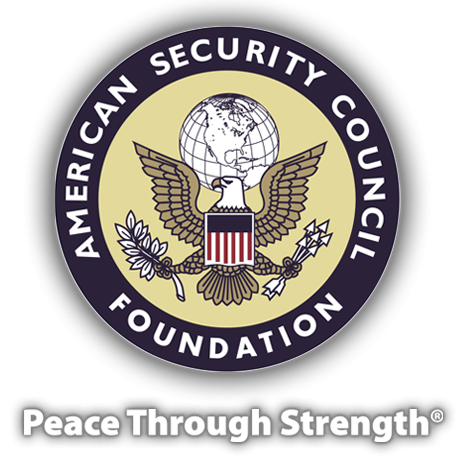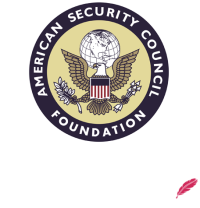Iran’s Stockpile of Enriched Uranium Has Jumped, U.N. Atomic Agency Says

Iran has nearly tripled its stockpile of enriched uranium since early November, the United Nations’ atomic agency said Tuesday, prompting warnings from experts and diplomats that Tehran has slashed the time it would need to amass enough fuel for a nuclear weapon.
Iran’s growing stockpile of enriched uranium may pose a major test for President Trump ahead of the U.S. presidential election in November. Mr. Trump has vowed to prevent Iran from obtaining a nuclear weapon. His administration has imposed harsh sanctions to press Tehran to stop all enrichment of nuclear material and halt its support for militant groups in the Middle East.
When the nuclear agreement between Iran and six world powers took effect in January 2016, U.S. officials estimated that it would take at least a year for Iran to produce sufficient enriched uranium for a single nuclear weapon if it broke out of the agreement.
But after the Trump administration quit the accord in May 2018 and Iran stopped adhering to key limits last summer, that “breakout time” has substantially shrunk and could now be as little as four months, one prominent expert said.
Iran says its nuclear program is for peaceful, civilian purposes. The deal imposed strict but temporary limits on Iran’s nuclear-enrichment activities in return for the suspension of most international sanctions.
The IAEA said Tuesday that Iran’s stockpile of enriched uranium had grown to 1,021 kilograms as of Feb. 19, up from 372 kilograms on Nov. 3, far above the 202.8 kilograms allowed under the 2015 accord.
The material was enriched as high as 4.5% purity, although about half of it was significantly below that level. Raising the purity of nuclear material becomes easier the higher you get.
Senior U.S. officials have declined to spell out current U.S. government estimates of Iran’s “breakout time,” asserting they are classified.
Some experts say Iran’s growing stockpile of enriched uranium is an indication that the Trump administration’s maximum pressure campaign is backfiring.
In a December appearance before the Council on Foreign Relations, Brian Hook, the senior U.S. envoy for Iran policy, countered that the U.S. sanctions may eventually drive Iran to accept more stringent nuclear limits.
“Prior to the Iran nuclear deal, the U.N. Security Council had prohibited Iran from enrichment,” Mr. Hook said. “That is the policy that we have to restore.”
Nuclear enrichment is not the only area in which Iran has continued to defy the Trump administration. In November and February, the U.S. military intercepted shipments of surface-to-air missiles, which it said were being sent from Iran to Houthi rebels in Yemen. Iran also fired ballistic missiles at U.S. troops in Iraq in January, weapons that Western diplomats said Tehran has made more sophisticated.
Iran started to scale up its nuclear activities last July, 14 months after the Trump administration quit the 2015 accord and started reimposing sanctions on Tehran. Its broader goal appears to be to persuade the Europeans to provide sanctions relief and to raise the costs of the Trump administration’s pressure policy.
So far, Iran has refrained from its threat to restore and operate thousands of shelved centrifuges, machines for enriching uranium, although it has restored some and is producing enriched uranium at its fastest rate since the nuclear accord was signed.
Iran however, could quickly accelerate its nuclear efforts, including by enriching uranium up to 20% purity and then to weapons-grade levels, potentially sparking a crisis ahead of the U.S. presidential election.
That would also force France, Britain and Germany to decide whether to maintain their efforts to try to salvage the 2015 nuclear deal.
Break-out estimates vary because of different assumptions about how much weapons-grade material Iran would need for a weapon, whether Tehran increases production capacity by adding new centrifuges, how much fissile material would be lost in producing metal casts for a weapon and how long it would take Iran to reconfigure cascades to produce higher-purity material.
Olli Heinonen, previously a senior IAEA official and now at the Stimson Centre, said that once Iran has accumulated 1000 kilograms of low-enriched uranium, it could have enough material for one weapon. From there, he said, it could take Iran around four months to produce enough weapons-grade material, at most 25 kilograms, for a bomb, although exact times would depend on whether Iran reinstalled some of its more advanced centrifuges.
Several Western diplomats said they estimate that Iran’s break-out time is probably several months longer but that, in the worst-case scenario, Iran is no more than six months away from amassing enough fuel for a weapon.
Even if Iran has sufficient nuclear material for a bomb, it would still need to develop a nuclear warhead and guidance system to have the ability to mount a nuclear-missile strike. Iran has said it would enrich beyond 5% only if it had some technical need for the material.
In a separate report Tuesday, the IAEA said that Iran has refused to allow inspectors access to two sites and rejected the agency’s requests to take samples at these sites, actions that have raised “serious concern.”
The agency said it wants to take samples to see whether Iran had kept nuclear material at the two sites or carried out nuclear-related activities there. Iran has also so far refused to answer questions about a third set of activities involving nuclear material.
Last year, the IAEA found nuclear material after taking samples at a site in Tehran. The agency’s probe is related to nuclear work that Iran is believed to have done in the early 2000s, a senior diplomat said.
Tuesday’s report said Iran “has not engaged in substantive discussions to clarify” the agency’s questions and called on Iran to provide “prompt access” to the locations specified by the IAEA.
It follows Israel’s capture of a secret archive of Iranian nuclear documents and Prime Minister Benjamin Netanyahu’s naming of sites where Israeli officials believe nuclear weapons-related work took place. Israeli and U.S. officials argue the documents and sites show that Iran was planning to continue its nuclear-weapons work in future.
The agency’s board could escalate its concerns to the U.N. Security Council for action.
French President Emmanuel Macron, after meeting with the IAEA Director General Rafael Grossi in Paris, called on Iran “to cooperate fully and immediately with the agency.”
Photo: Iranian President Hassan Rouhani inspected nuclear technology on Iran National Nuclear Technology Day in Tehran last April.
PHOTO: IRANIAN PRESIDENCY OFFICE/EPA/SHUTTERSTOCK











